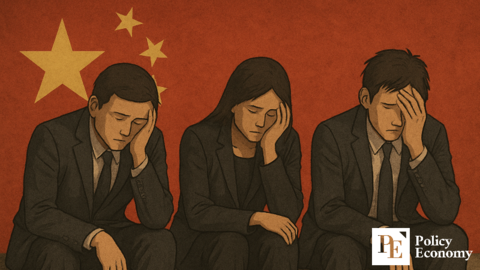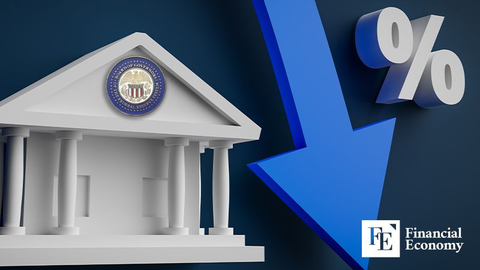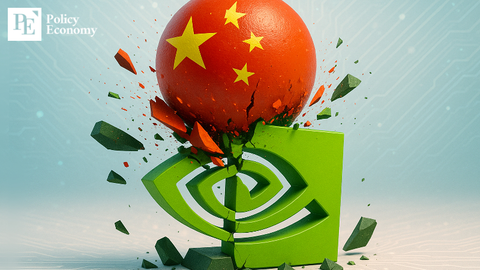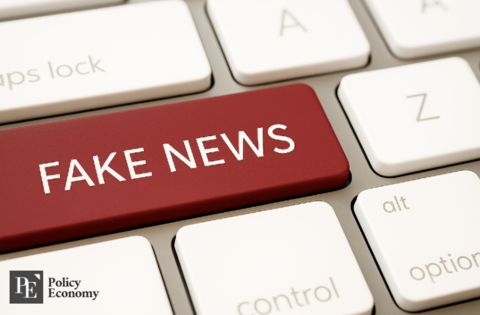A False Boom? Decoding the U.S. GDP Surge Amid Trade Tensions
Input
Modified
When numbers rise but hope feels still, The engines churn, yet dreams are chill. For what is growth without belief? When trade and trust fall apart?
The second quarter of 2025 delivered a seemingly impressive headline: a 3% annualized GDP growth rate for the United States. On the surface, it confirmed a narrative of resilience and expansion. But beneath that number lies a story of hesitation, caution, and the uncertain fallout of trade policy. What initially appears to be an economic victory may be a harbinger of trouble for the remainder of the year.
A closer look reveals that this growth was not fueled by robust investment or consumer optimism, but by an artificial suppression of imports. In other words, what the economy gained in numbers, it may have lost in substance.
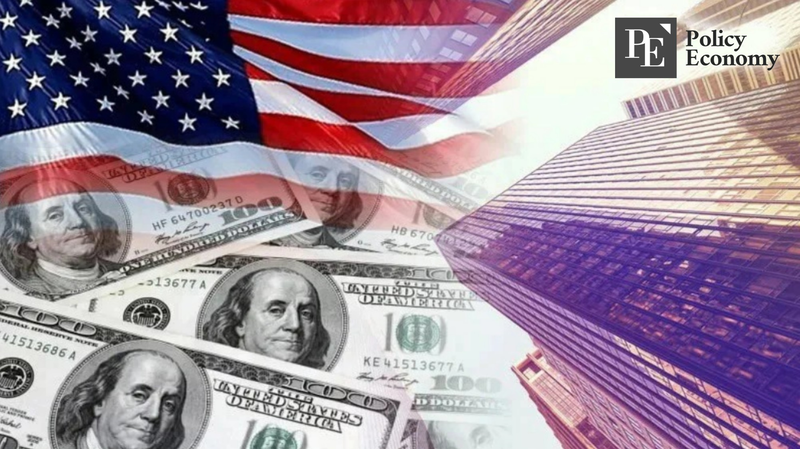
Growth Built on Absence, Not Action
The Bureau of Economic Analysis attributed much of the 3% growth to a sharp drop in imports. At first glance, this is beneficial, as fewer imports theoretically boost net exports, thereby increasing GDP. However, the contraction in imports was not caused by a rise in domestic production or a deliberate shift in economic strategy. Instead, it was a result of companies pulling back in response to the United States' shifting trade policy.
With a fresh round of tariffs imposed earlier in the year and ongoing uncertainty surrounding negotiations with key trading partners, many companies decided to stockpile inventory in the first quarter. They rushed to import goods before the tariffs took effect, then largely paused new orders while waiting for clarity on what would come next.
This means that Q2 GDP was effectively bolstered by a decline in imports rather than an increase in economic activity. Companies were not necessarily selling more or producing more; they were simply using up stock they had already brought in. That creates a hollow type of growth, one that may not be sustained as the year continues.
Business Investment: On Hold, Not On Fire
A closer examination of the numbers reveals that business investment remained sluggish. Corporate leaders across multiple sectors held back on new spending, particularly on equipment and infrastructure. That restraint is primarily tied to tariff-related uncertainty, which continues to distort supply chains and cloud forward-looking projections.
Rather than expanding or taking on new projects, many firms have taken a wait-and-see approach. Until they have more confidence in the trade environment, they are unlikely to commit large amounts of capital. This, in turn, limits job creation and productivity gains, two pillars typically essential for sustained economic growth.
Although consumer spending contributed to growth in Q2, it is insufficient to offset the weaknesses elsewhere. Households have been absorbing higher prices for imported goods, which could eventually affect their purchasing habits. If inflation accelerates in the coming quarters due to increased tariffs, consumers may pull back further, especially if wage growth does not keep pace with inflation.
Meanwhile, export growth was also modest. With major trading partners imposing retaliatory tariffs, American producers are finding it harder to sell goods abroad. The loss of market access in Europe, Canada, and parts of Asia further challenges long-term export potential.
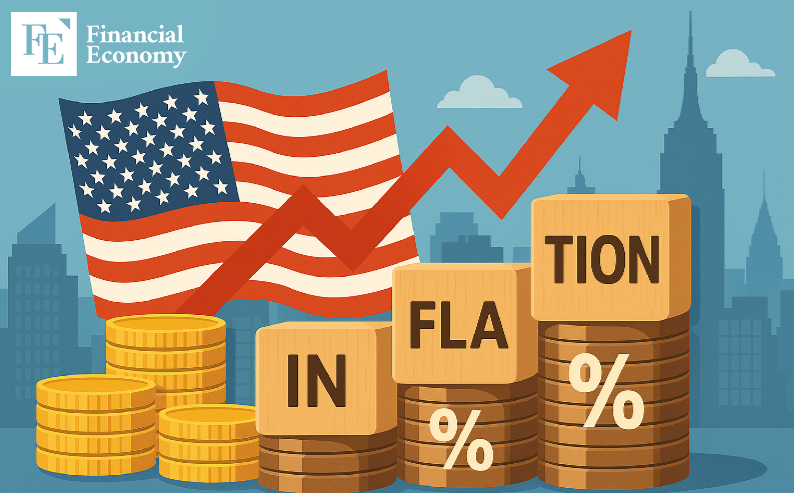
The Real Test Comes in Q3 and Q4
Perhaps the most critical issue is that Q2’s growth was likely front-loaded. The inventory buildup from Q1 sustained operations in the second quarter, but companies cannot run on stockpiles forever. As those reserves diminish, and with tariffs still in place, the cost of replenishing supplies will rise. That means price increases could accelerate in the third quarter, putting additional pressure on both companies and consumers.
Economists caution that the actual impact of the trade war may only become visible later this year. While the initial effects were delayed, the cumulative consequences of disrupted supply chains, lost export opportunities, and declining investment are beginning to materialize. If firms continue to stall on investment and consumers reduce discretionary spending, the economic momentum seen in Q2 could fade quickly.
Even more concerning is that this all occurs against a backdrop of weakening global growth. China’s economy is showing signs of slowing, Europe remains fragile, and several developing nations are struggling with debt and inflation. The United States may find it increasingly difficult to rely on external demand to sustain its economy, especially if trade tensions remain unresolved.
Policymakers are aware of the stakes. The Federal Reserve has hinted that it will closely monitor the data, but is unlikely to make any abrupt moves unless inflation becomes unmanageable or growth slows significantly. This leaves monetary policy in a holding pattern, with little room to provide stimulus if the economy does begin to contract.
At the same time, fiscal policy remains constrained by the high cost of recent tariff-related subsidies and political gridlock in Congress. With limited tools available, the government’s ability to respond to a potential slowdown may be muted.
There is also a growing divide among industries. Tech and energy firms have weathered mainly the tariff storm, benefiting from domestic demand and a reduced reliance on global supply chains. In contrast, manufacturing, retail, and agriculture have suffered significant losses. This uneven recovery threatens to widen regional and class disparities, further complicating the policy response.
Ultimately, while a 3% growth rate may grab headlines, it masks a far more nuanced and potentially troubling economic picture. The foundations of that growth are shaky, built more on defensive maneuvers than offensive gains. Unless trade disputes are resolved and business confidence restored, the U.S. economy may face a difficult path in the quarters to come.

